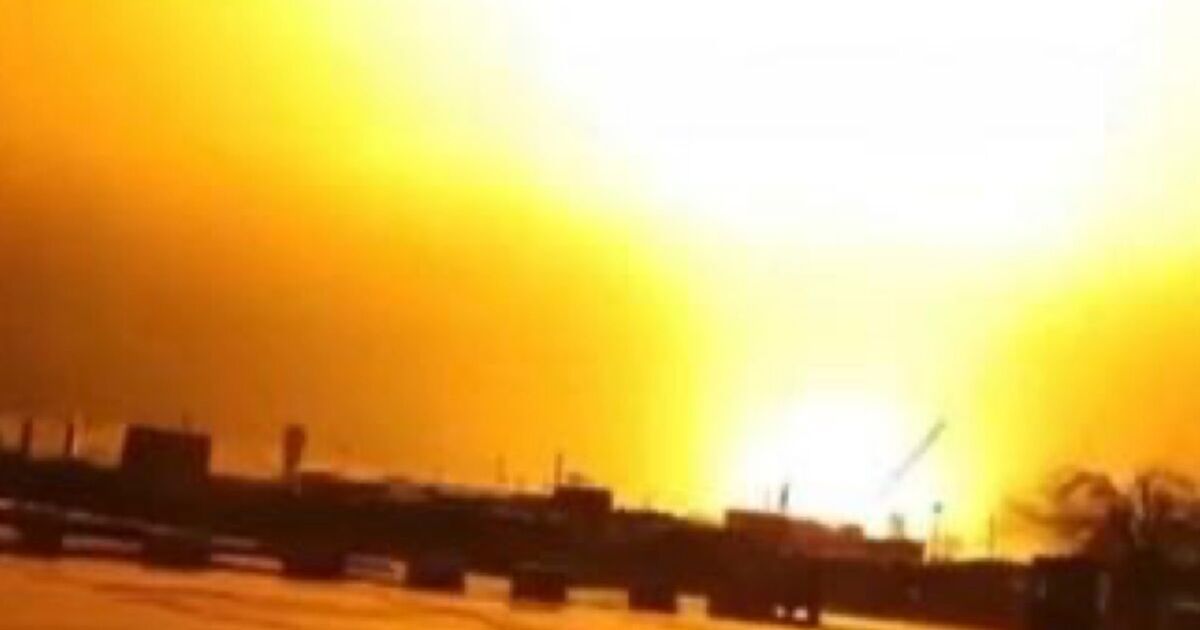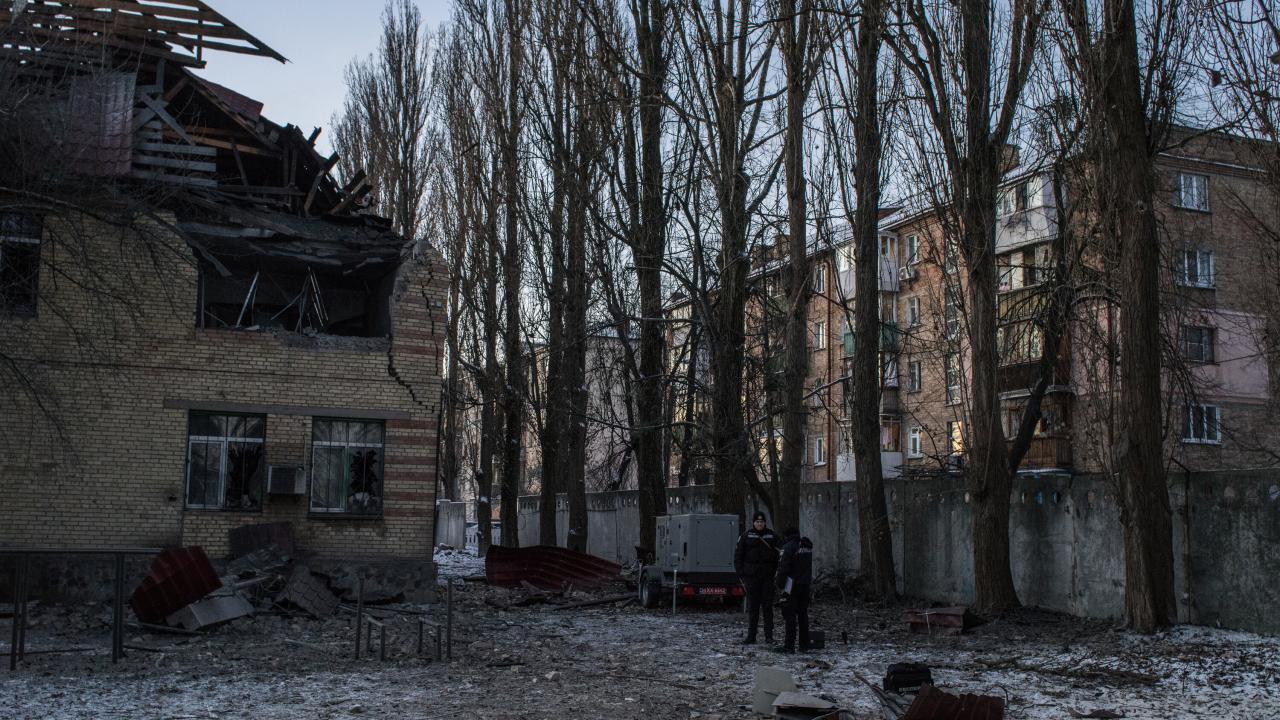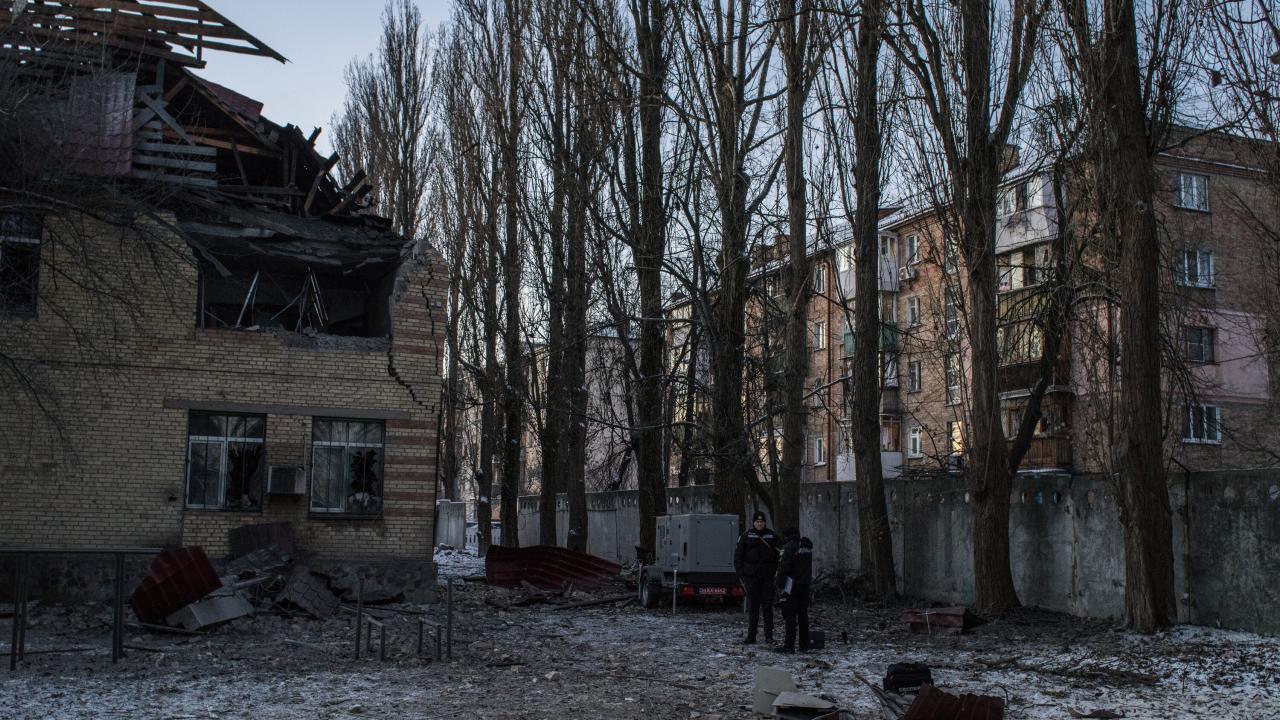Drone attack Russia is a rapidly evolving story, a modern-day conflict playing out in the skies above and on the ground within Russian territory. This analysis delves into the various types of drones used, their targets, the actors involved, and the multifaceted consequences of this ongoing situation. We’ll explore the technological advancements fueling this new form of warfare, the Russian response, and the international implications of these attacks.
From the types of drones employed – their capabilities and limitations – to the strategic significance of targeted locations, we’ll unpack the complexities of this conflict. We’ll examine the suspected actors, their motivations, and the tactics they use. Furthermore, we’ll analyze Russia’s countermeasures, the impact on military infrastructure and civilians, and the ripple effects on international relations and the evolving legal and ethical considerations surrounding drone warfare.
Drone Attacks Against Russia: A Comprehensive Overview
The increasing use of drones in attacks against Russia represents a significant shift in modern warfare. This analysis explores the various facets of this evolving conflict, from the types of drones employed and their geographic targeting to the actors involved, Russia’s responses, and the broader international implications.
Types of Drones Used in Attacks Against Russia
A variety of drone models have been reportedly used in attacks against Russia, each with its own strengths and weaknesses. These range from commercially available off-the-shelf drones modified for military purposes to more sophisticated systems potentially developed or supplied by external actors. The effectiveness of each type varies greatly depending on factors such as range, payload capacity, and stealth capabilities.
Larger drones can carry heavier payloads but are less stealthy and have shorter ranges compared to smaller, more agile models. The choice of drone is often dictated by the specific target and the operational constraints of the mission.
Recent drone attacks on Russia have highlighted the increasing use of unmanned aerial vehicles in modern warfare. These attacks often utilize commercially available drones, raising questions about export controls and the potential misuse of technology. Understanding the readily available drone technology, like that offered by companies such as dji drone canada , is crucial to comprehending the scope of this evolving conflict and its implications for global security.
The sophistication and accessibility of these drones directly impact the frequency and effectiveness of such attacks on Russia.
| Drone Type | Range (km) | Payload Capacity (kg) | Speed (km/h) |
|---|---|---|---|
| Example Drone A (Hypothetical – based on reported capabilities) | 500-1000 | 50-100 | 150-200 |
| Example Drone B (Hypothetical – based on reported capabilities) | 100-300 | 10-20 | 80-120 |
| Example Drone C (Hypothetical – based on reported capabilities) | 200-500 | 25-50 | 100-180 |
| Example Drone D (Hypothetical – based on reported capabilities) | 50-150 | 5-15 | 60-100 |
Geographic Targeting of Drone Attacks

Drone attacks against Russia have reportedly targeted various locations, reflecting a strategic selection of targets aimed at impacting both military and civilian infrastructure. The frequency and intensity of attacks may vary depending on the strategic objectives and capabilities of the actors involved. Analyzing the geographic distribution of attacks helps understand the overall strategy and potential impact of these actions.
A hypothetical map would show a higher concentration of attacks near the border regions, military bases, and key infrastructure sites. The frequency and intensity of attacks in these areas could vary over time, reflecting changes in the operational priorities and capabilities of the groups carrying out the attacks. Areas further inland might show fewer attacks, suggesting logistical limitations or different strategic goals.
Actors Involved in Drone Attacks Against Russia, Drone attack russia

Attribution of drone attacks is often complex and challenging. Several groups or entities have been suspected of involvement, each with their own motives and capabilities. These range from independent groups seeking to disrupt Russian operations to potentially state-sponsored actors aiming to achieve specific strategic goals. Determining the precise actors responsible for specific attacks requires careful analysis of available evidence, including drone technology, attack patterns, and post-attack statements or claims of responsibility.
Recent drone attacks on Russia have highlighted the increasing use of unmanned aerial vehicles in modern warfare. Thinking about the tech involved, it’s interesting to compare that to the civilian applications, like those showcased at the upcoming drone paris event. This event should offer insights into the peaceful uses of drones, a stark contrast to their use in the ongoing conflict in Russia.
The advancements in drone technology are clearly impacting both military and civilian spheres.
For example, certain attacks might exhibit technological sophistication suggesting state sponsorship, while others might be more rudimentary, hinting at involvement by less-resourced groups. Differences in tactics, techniques, and procedures (TTPs) can also provide clues about the perpetrators. Analyzing these nuances is crucial to understanding the evolving landscape of drone warfare and the actors involved.
Russian Response to Drone Attacks
Russia has implemented various methods and strategies to counter drone attacks. These range from electronic warfare systems designed to jam drone signals to the deployment of air defense systems capable of intercepting drones. The effectiveness of these measures has varied, with some attacks successfully repelled and others resulting in damage or casualties. The ongoing development and deployment of new technologies reflect the continuous arms race between drone technology and countermeasures.
- Deployment of electronic warfare systems
- Improved air defense systems
- Development of anti-drone technologies
- Enhanced intelligence gathering and surveillance
Impact and Consequences of Drone Attacks
Drone attacks against Russia have had both immediate and long-term consequences. The immediate impact can include damage to military infrastructure, casualties, and disruption of operations. Long-term effects could involve shifts in military strategy, increased defense spending, and potential impacts on Russia’s international relations. The economic consequences can be significant, especially if attacks target key infrastructure like energy facilities or transportation networks.
The psychological impact on the civilian population and the government cannot be ignored.
International Implications of Drone Attacks on Russia

The use of drones in attacks against Russia raises complex international legal and ethical questions. The reactions of other countries have been varied, ranging from condemnation to tacit approval, depending on their geopolitical interests and relations with Russia. The international community’s response to these attacks is further complicated by the precedent set by similar drone attacks in other parts of the world, and the varying legal and ethical frameworks governing the use of such technology in warfare.
Drone attacks on Russia are becoming increasingly frequent, raising serious geopolitical questions. If you’re looking for a distraction from the intense news cycle, maybe try searching for some longer words – check out this list of 20 letter words that start with ai – it’s surprisingly challenging! Then, once you’ve stretched your brain, you can get back to analyzing the implications of these drone attacks and their potential impact on global stability.
Technological Advancements in Drone Warfare
The ongoing conflict has spurred significant advancements in drone technology. This includes improvements in drone design, autonomy, payload capacity, and stealth capabilities, as well as the development of sophisticated countermeasures. The arms race between drone technology and countermeasures continues to evolve, leading to a dynamic and rapidly changing landscape.
- Improved drone autonomy and AI integration
- Development of swarm drone technology
- Enhanced counter-drone systems and technologies
- Use of advanced materials for stealth and durability
Last Point: Drone Attack Russia
Drone attacks against Russia represent a significant shift in modern warfare, showcasing the evolving capabilities of unmanned aerial vehicles and their potential impact on geopolitical stability. Understanding the technological advancements, the actors involved, and the consequences of these attacks is crucial for comprehending the future of conflict. The ongoing nature of this situation demands continued monitoring and analysis as technology and tactics continue to evolve.
Frequently Asked Questions
What is the overall effectiveness of drone attacks against Russia?
The effectiveness is debated and varies depending on the target and the drone’s capabilities. Some attacks have caused significant damage, while others have been less successful. Assessing overall effectiveness requires analyzing various factors and is subject to conflicting information.
Are there civilian casualties associated with these drone attacks?
Reports of civilian casualties vary, and independent verification is often difficult. The issue of civilian casualties is a critical concern in the ongoing debate surrounding the legality and ethics of drone warfare.
How does Russia’s response compare to other countries’ responses to similar attacks?
Russia’s response involves a combination of technological countermeasures and military actions. Comparing it to other countries’ responses requires examining specific instances and considering differing geopolitical contexts and capabilities.
